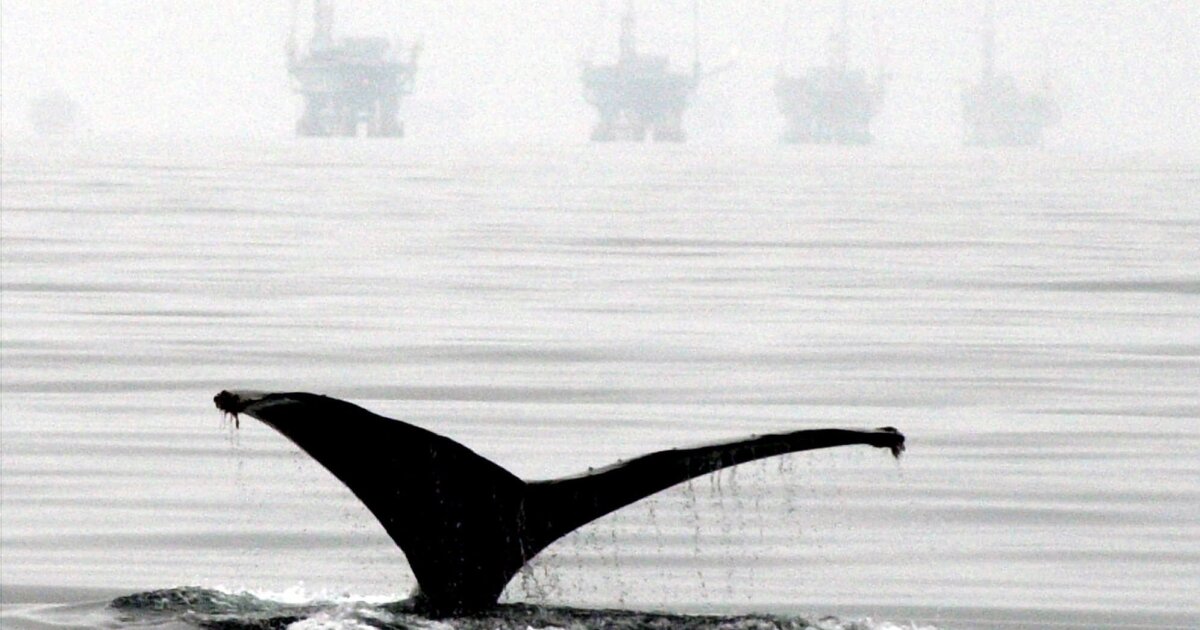Lippold is a retired naval officer who is now President of Lippold Strategies. He was stationed in San Diego from 1993 to 1996 and lives in Carson City, Nevada.
The state of California has earned its well-deserved reputation as an environmentalist through years of unwavering commitment to our future. In September last year, Governor Gavin Newsom signed an ordinance banning the sale of new passenger cars and passenger cars with internal combustion engines until 2035. State oil production by 2045 – a significant step for America’s seventh largest oil producing state.
Sane minds can certainly differ as to the timing and content of the California approach. However, there is no doubt that such aggressive standards can only be achieved with significant electrification of the car and truck fleets in California. To maintain this high level of commitment to these environmental goals, California needs to increase its reliance on renewable energy to meet the projected increased demand for electricity for all of these additional electric vehicles.
Between the batteries needed in all of these new electric cars and the development of additional renewable energy sources, California faces the very real prospect of trading its energy independence of recent years for an unsafe and unsustainable dependency due to its dependence on minerals. As the Paris-based International Energy Agency announced in May, the production of a typical electric car requires six times as much minerals as a conventional car, and a new wind farm requires nine times more natural resources than a gas-fired power plant.
We provide this platform for community comments free of charge. Thank you to all the Union-Tribune subscribers whose support makes our journalism possible. If you’re not already a subscriber, consider becoming one today.
Unfortunately, short-sighted approaches to the manufacturing and processing capabilities necessary for a renewable energy future have resulted in the United States being lacking in any appreciable amount of the critical minerals necessary to support and sustain a future based on green energy sources. It is for this reason that the Biden government has made supply chain resources a major focus of its agenda and urged agencies such as the Department of Energy, Commerce and Defense to review the supply chain challenges and weaknesses so we can find solutions to overcome them be able.
As the commander of the USS Cole in October 2000 when it was attacked in a supply attack at the start of the War on Terrorism, I can tell you that keeping a close eye on your supply lines is vital to protecting national security and the environment . Many of the sources of so-called “battery minerals” around the world are unsafe, controlled by aggressive Chinese positions, or subject to unacceptable environmental and workplace stresses.
Unregulated and unrestricted mining activities overseas can destroy rainforests or rely on unsustainable practices of child labor. While the choices California and the nation face are difficult, there are some workable and environmentally conscious solutions to conserving these much-needed critical minerals. San Diego will play an important and strategic role as the theme progresses.
One of the cleanest, most affordable, and safest sources of battery metals, including nickel, cobalt, manganese, and copper, is located miles below the surface of the eastern Pacific Ocean and literally on the ocean floor ready to be collected.
In the June 100-day White House Critical Supply Chain Review, the government found that if “the US has opportunities to target any part of the battery supply chain,” then nickel shipments and processing “probably do the most “Would be critical to the short- and medium-term stability of the supply chain.” And nickel is in abundance on the seabed.
Maritime technology can even safely reuse some of what we have learned in the oil and gas sector. The closest port to the most promising fields of polymetallic seabed nodules is San Diego. Companies like The Metals Co. and others have already pre-positioned ships in San Diego and conducted appropriate tests to ensure that this technology is safe to use. The future looks bright.
For many years, including when I was assigned to an Aegis guided missile cruiser departing from San Diego, a major feature of the local economy was the deep water port. The city is home to one of the largest naval fleets in the world, not to mention the only major shipyard on the west coast. Our national security and future once again depend on San Diego and the role it will play in bringing safe minerals from the ocean floor to the clean transportation and renewable energy that Californians demand.

